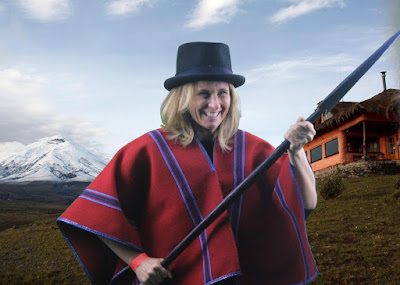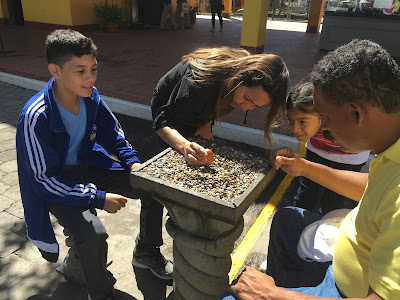 |
| We capture and freeze some of the butterflies and moths. This kills them, but painlessly. Here is the moth I chose to pin: a species of arctiidae. Its antennae are so fuzzy. |
 |
| Using forceps we try to place a small pin straight into the moth's thorax. |
 |
| Next we spread the top wings. I was surprised by how beautiful the moth was once its wings were spread. All butterflies and moths have two sets of wings. |
 |
| Next we carefully slide waxed paper across the wings and place pins around the specimen to set its wings. |
 |
| Now that I've set the moth, it needs to be left undisturbed for 48 hours to dry out. I can't wait to see how it turns out. |




















































